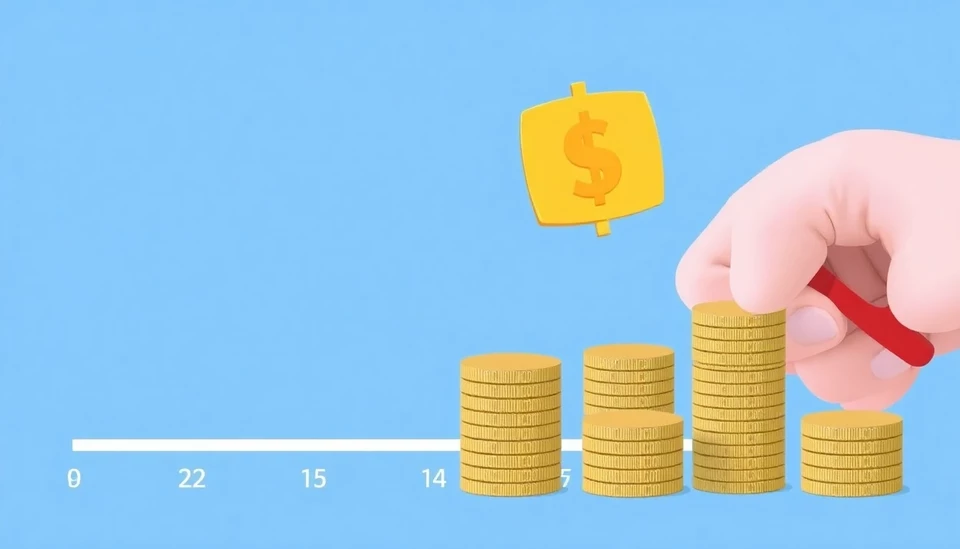
In a report that has drawn attention from economists and policymakers alike, the United States has seen a significant rise in labor costs, surpassing expectations. The latest data indicates a 1.3% increase in labor costs for the third quarter of the year, marking a notable shift in the employment landscape. Analysts had anticipated a milder rise of only 0.9%. This unexpected uptick is attributed to a slowdown in productivity growth, a factor that could have far-reaching implications for inflation and monetary policy.
The nonfarm business sector reported a productivity decrease of 0.2% in the same quarter, contrasting starkly with the previous quarter's impressive 4% growth. Such a downturn in productivity suggests that businesses are receiving less output per labor hour, a phenomenon that can lead to increased wages as employers strive to attract and retain talent in a competitive market.
The implications of these labor cost and productivity shifts are multifaceted. As companies grapple with rising labor expenses, there is growing concern that these costs could be passed onto consumers, further exacerbating inflationary pressures. The current economic landscape is already marked by cautious spending and rising prices, making the need for stability in labor costs more pressing than ever.
Wall Street experts predict that the Federal Reserve could consider these rising labor costs as a significant indicator when determining future interest rate policies. As the central bank navigates the delicate balance of fostering economic growth while controlling inflation, the latest labor statistics may add another layer of complexity to their decision-making process.
In the context of the broader economic environment, there is speculation about how the combination of higher labor costs and lower productivity may impact small businesses and their ability to compete. Many are already feeling the squeeze of increasing operational costs, making it crucial for them to innovate and find efficiencies to remain viable.
As the economic landscape continues to evolve, the interplay between labor costs, productivity, and inflation will be closely watched by analysts. The ramifications of the latest figures will likely ripple through various sectors, influencing corporate strategies and spending patterns in the months to come.
In summary, the rise in US labor costs alongside decreased productivity raises significant questions about the future economic climate. Businesses, workers, and policymakers will need to adapt to these changing dynamics as they navigate potential challenges ahead.
#LaborCosts #USEconomy #Productivity #Inflation #FederalReserve #EconomicOutlook
Author: Daniel Foster


